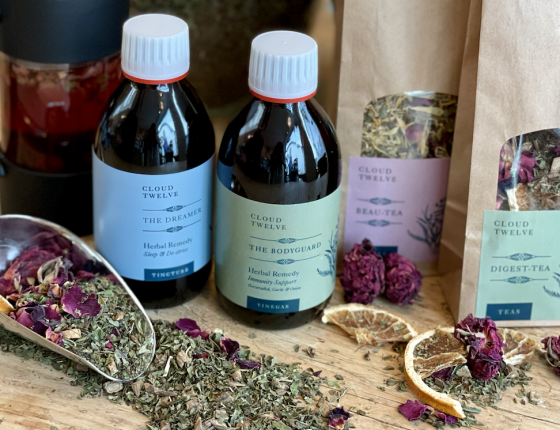
Why I Never Drink Tap Water — And What You Should Know About Contaminants

Why I Never Drink Tap Water — And What You Should Know About Contaminants
As a Naturopath, Herbalist, and Homeopath, one of the most frequent questions I’m asked is whether our tap water is truly safe to drink. Many people assume that if water comes from the tap, it must have been thoroughly tested and filtered for all potential toxins. Unfortunately, this isn’t the full picture.
Mounting evidence confirms that contaminants — from pharmaceuticals to microplastics — are commonly detected in tap water, not only in the UK but worldwide. This growing body of research is deeply concerning, especially when we consider the long-term impact of daily exposure.
In this article, I’ll explore what science reveals about hidden contaminants in our drinking water, why this matters especially for women in midlife, and how to choose the most effective water filtration system for your health.
What’s Really in Our Tap Water?
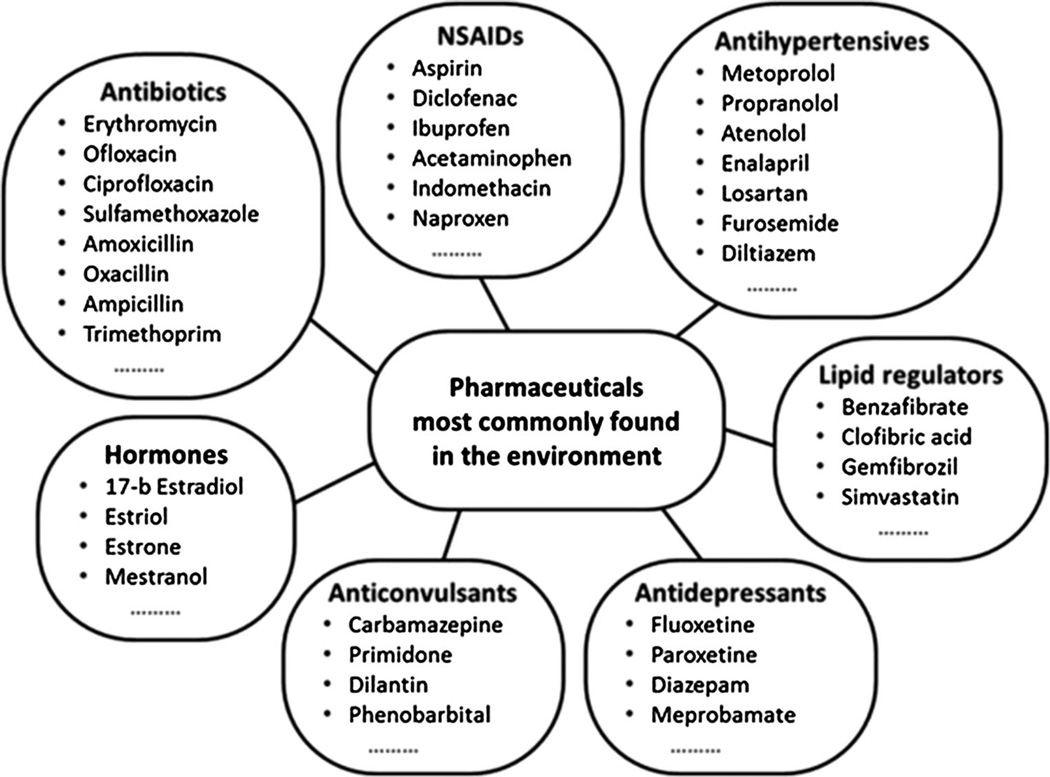
Recent studies highlight that several categories of harmful substances are now routinely found in tap water samples:
1. Microplastics (MPs)
Tiny plastic fragments less than 5 mm in size have infiltrated our food, air, and water supply. UK research has confirmed their presence in all tested tap water and bottled water samples. These particles can enter the body through ingestion and inhalation, with smaller nanoplastics potentially crossing cell membranes. Health concerns include:
-Inflammation and oxidative stress
-Disruption of gut microbiota
-Transport of toxic additives into tissues
2. Heavy Metals
Lead, arsenic, cadmium, and nickel are among the toxic metals found in drinking water, even in trace amounts. These accumulate in the body over time, contributing to:
-Neurological impairment
-Kidney and liver damage
-Increased cancer risk
3. Pharmaceuticals and Personal Care Products (PPCPs)
Prescription drugs, antibiotics, hormones, antidepressants, and other pharmaceuticals have been repeatedly detected in water systems. Many of these act as endocrine disruptors, interfering with hormonal balance and contributing to rising rates of hormone-related cancers.
The World Health Organization has even flagged the presence of antibiotics in water as a key driver of antibiotic resistance, one of today’s most pressing global health crises.
4. Pesticides
Research at UK treatment plants found 58 different pesticides and their by-products at multiple filtration stages — and 11 still present in treated, “potable” water. Long-term pesticide exposure is linked to respiratory issues, reproductive harm, neurological effects, and cancer.
5. PFAS (“Forever Chemicals”)
Perfluorooctanoic acid (PFOA) and perfluorooctanesulfonic acid (PFOS) are part of the PFAS family — chemicals used in packaging, clothing, cosmetics, and industrial processes. Even though some have been banned, they persist in the environment and accumulate in the body. Health risks include:
-Cancers
-Immune dysfunction
-Reproductive and developmental issues
-A recent Drinking Water Inspectorate report showed that 12,000 water samples across England contained PFAS.
Why Filtration Matters for Your Health
Water is the foundation of every biochemical process in the body. Even mild dehydration can cause fatigue, headaches, brain fog, constipation, and toxin reabsorption. But hydration quality is just as important as quantity.
While peeling produce or choosing organic can reduce dietary toxins, our choices are limited when it comes to water. A simple carbon filter may improve taste and reduce chlorine, but it will not reliably remove pharmaceuticals, pesticides, microplastics, or heavy metals.
The most effective solution available for households is reverse osmosis (RO) filtration, which removes up to 99.99% of contaminants. For me, this is not optional — it’s one of the most powerful health investments anyone can make.
If RO isn’t an option, the next best choice is natural spring water bottled in glass.
Why Women in Midlife Should Be Extra Cautious
For women navigating perimenopause, menopause, or postmenopause, avoiding tap water is especially important. During this stage of life, the body undergoes profound hormonal changes, leaving it more vulnerable to environmental toxins.
Two categories are of particular concern:
Endocrine disruptors (like xenoestrogens in plastics and pharmaceutical residues) can mimic estrogen, increasing the risk of breast and prostate cancers, and interfering with hormone replacement therapy (HRT).
Antibiotic residues in water contribute to antimicrobial resistance. For midlife women — whose immune defences naturally decline with age — this raises serious health risks.
How to Choose the Right Water Filter
If you’re investing in a filtration system, here are my top recommendations:
Choose reverse osmosis (RO). It is the gold standard for removing almost all contaminants.
Look for multi-stage filtration. The more stages, the better — each layer targets a different class of pollutants.
Choose trusted brands—more cylinders generally indicate better quality. If available, select options with re-mineralization. If RO isn’t feasible, natural spring water in glass bottles is a safer alternative
For me, a high-quality RO system is not just another kitchen appliance — it is a long-term investment in your health, resilience, and vitality.
To get an idea about the quality of your tap water consider using TDS water quality meter. A TDS meter is a proxy measure: it doesn’t tell you harmful vs benign content of organic and inorganic particles in the water, it gives a bulk count.
Clean water is the foundation of wellness. Yet, research shows that our tap water often carries an invisible burden of pharmaceuticals, pesticides, heavy metals, and plastics that compromise long-term health.
By investing in effective filtration — especially reverse osmosis — we can take back control over one of the simplest, most essential aspects of health: the water we drink every day.
For women in midlife, when hormonal balance is already delicate, this becomes even more critical. Prioritising clean, contaminant-free hydration is one of the most impactful choices you can make for your health, longevity, and wellbeing.
Jenya Di Pierro

Author: Jenya Di Pierro
Founder, Naturopath & Herbal Medicine Practitioner
BSc, MSc, DipCNM, AMH, ANP
References:
- TDS
- Microplastics (MPs)
- Heavy metals
- Pharmaceuticals and personal care products (PPCP)
- Pesticides
- Perfluorooctanoic acid (PFOA) and perfluorooctanesulfonic acid (PFOS)
- Countertop filters
Hommix neRO


Bio-Hacking for Menopause

Are Head Spas The New Non-Negotiable Beauty Ritual?

Menopause & Hair Loss: Real Causes of Thinning Hair in Midlife

The Standard - Best Reishi supplements for powerful adaptogenic support

Five ways to stay balanced this festive season - Yahoo News
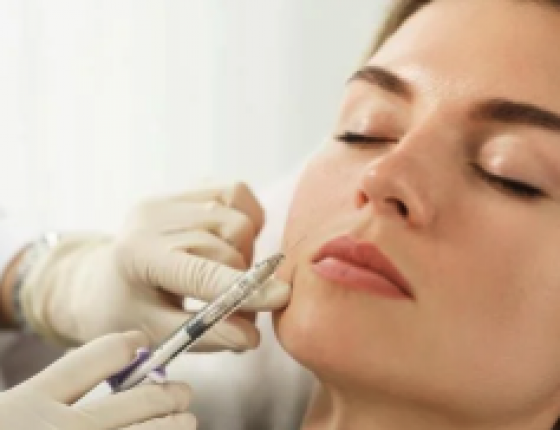
The Future of Skin Presentation

The Longevity Event: Presentation
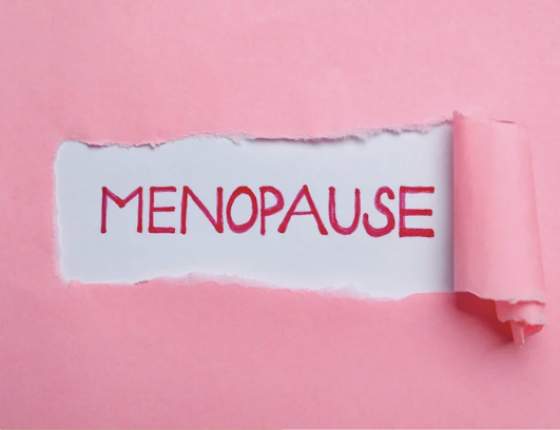
Natural Management of Menopause Part 1: Herbal Remedies

How to Look After Your Skin in Winter

Boosting Immunity Before Your Winter Holidays

The Hair & Scalp Type Guides: Oily, Dry, Dandruff & Hair Loss
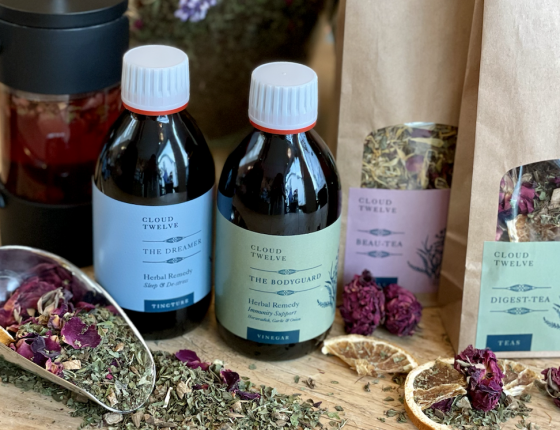
Herbs and Tips for Winter Wellness

Improving Egg Quality and Boosting Fertility for Women in their 40s

Diet for Menopause

Nature's Cure for Hair Loss: Herbal Remedies That Work

Herbs to Boost Fertility

11 Steps To Detox Your Mind

Nutrition & Lifestyle Habits For An Effective Detox

Top Tips For Staying Healthy During the Party Season
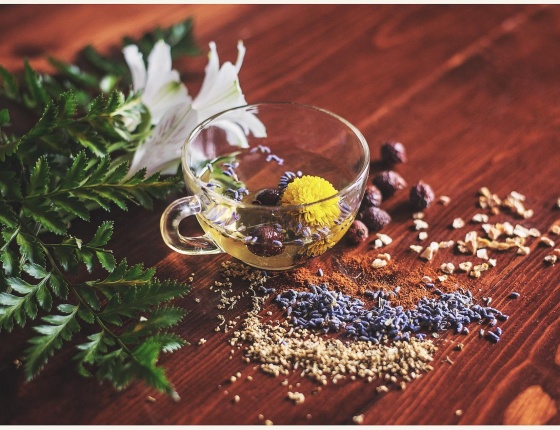
SheerLuxe: Jenya Di Pierro Shares Her Expert Tips To Dealing With Reflux
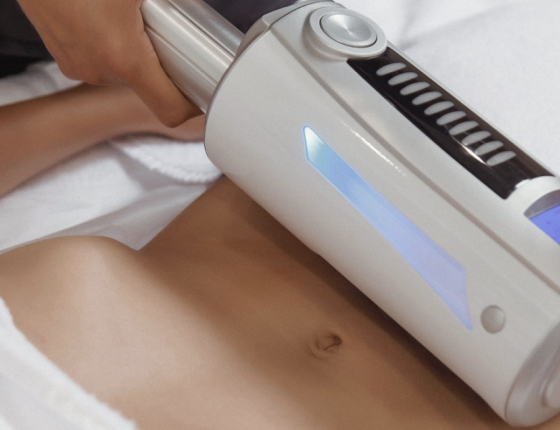
10 Natural Treatments For Cellulite
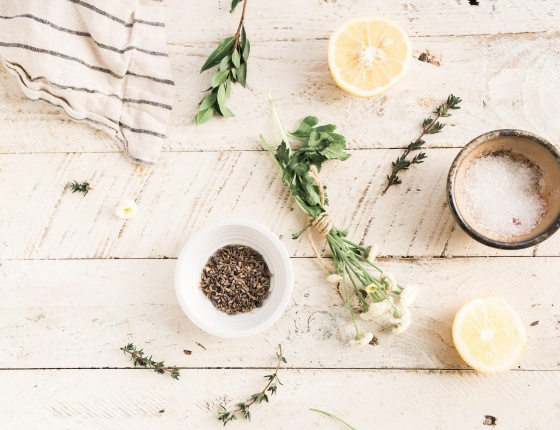
The Best Nutrition Tips For Combatting Cellulite

Country & Townhouse: Jenya advises on healing your gut with a little help from the East. How to do an Ayurvedic cleanse

GoodToKnow: Winter blues - 11 ways to deal with seasonal affective disorder, according to experts
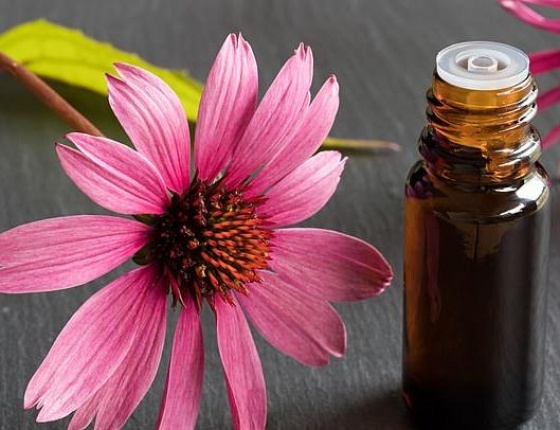
Daily Mail: Could a houseplant help cure YOUR health woes? Experts reveal their surprising healing properties

The Telegraph: Demand for ultra-skilled nannies and kids members' clubs surges post-lockdown

Domus Stay: Jenya Di Pierro on how Cloud Twelve puts wellbeing at the top of the agenda

Wellbeing: Natural remedies and herbs to help recover from vaccine side effects

Wallpaper: Natural remedies for allergy fatigue and other hay fever symptoms

Your Healthy Living: 10 ways to fight the ageing process

OmYoga: The power of plants: 7 healing plants to keep healthy and balanced

Woman & Home: 10 natural cures for insomnia to help end sleepless nights

Harpers Bazaar: Why it's time to reclaim a bespoke approach

Mr Porter: The Best Holistic And Natural Treatments For Men To Try Now

Luxurious Magazine: Herbalist Jenya Di Pierro's top healing plants for a healthy 2022

Metro: Sport recovery is about more than rest days — here are the most effective therapies

Beauty Daily: The top 10 healing plants for a healthy and balanced 2022
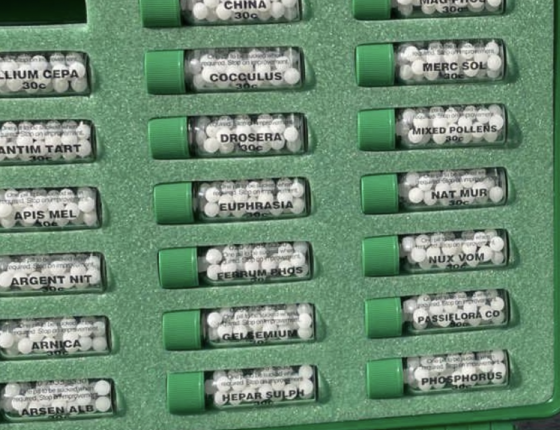
Tips and Hacks for Holiday Health

Your guide to Adaptogens

7 Daily Health Habits

13 Healthy Sleep Hygiene Habits

How to boost daily nutrition by adding a few clever ingredients

The ultimate guide to Medicinal Mushrooms

Herbs for respiratory system that can grow in your garden

Tips on How to Reduce Stress

10 Self Care Tips
